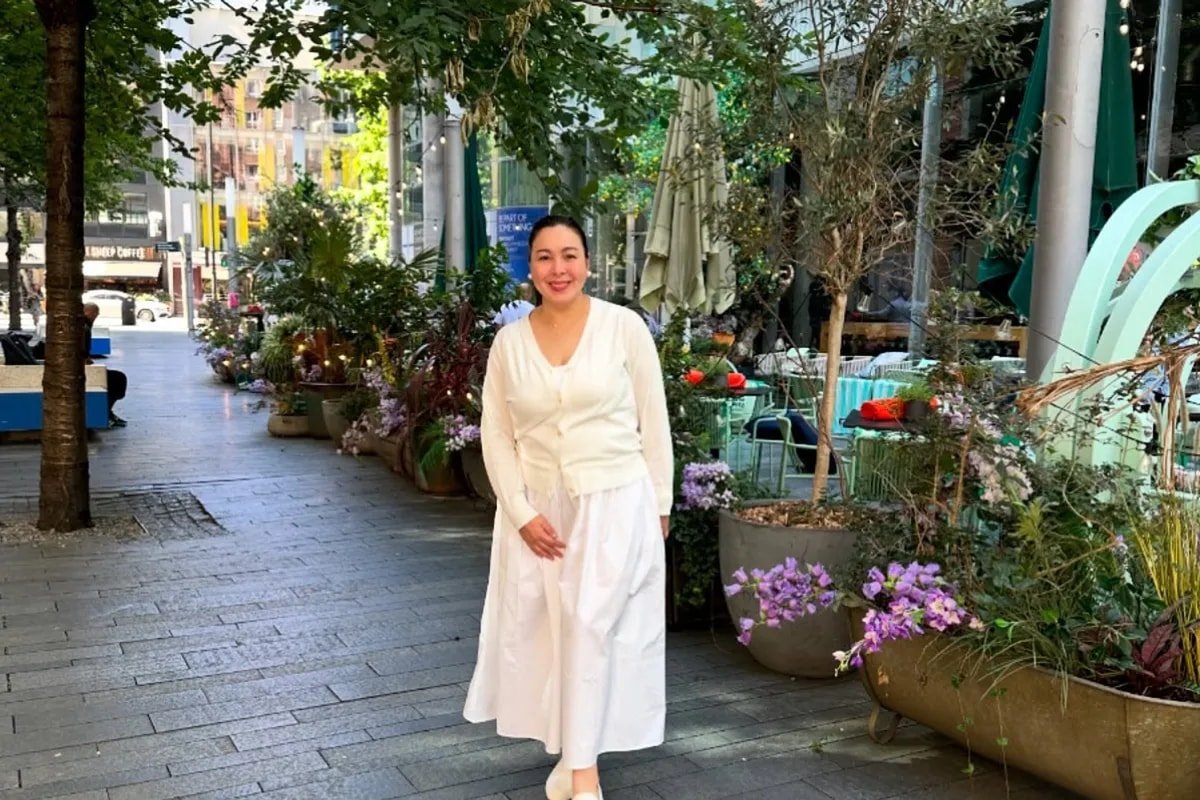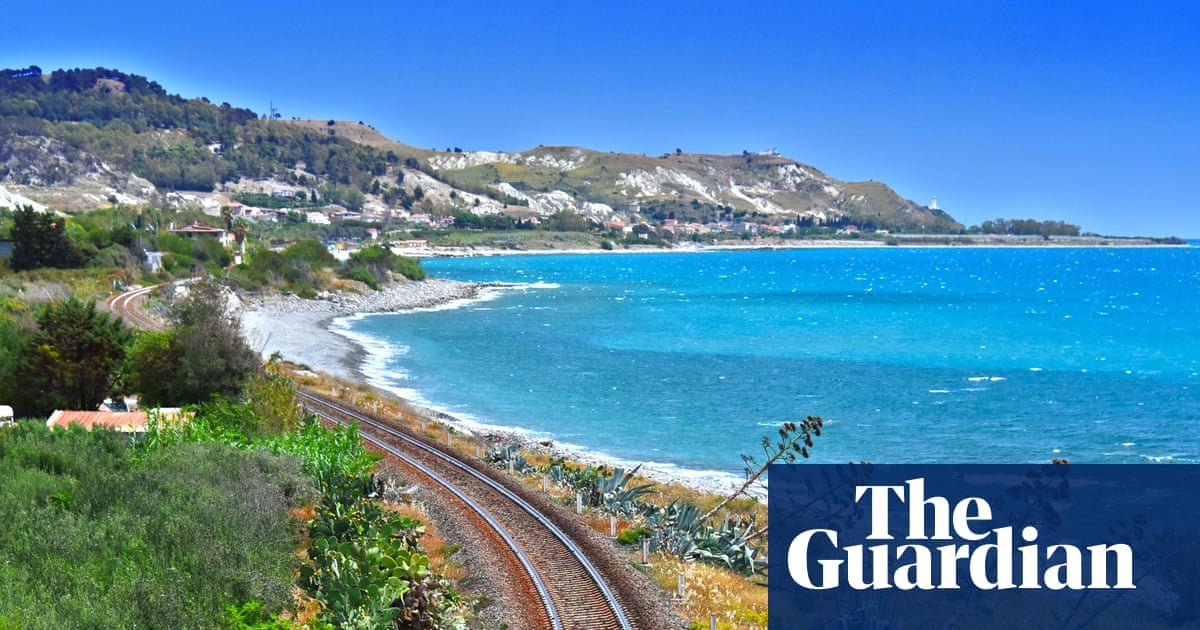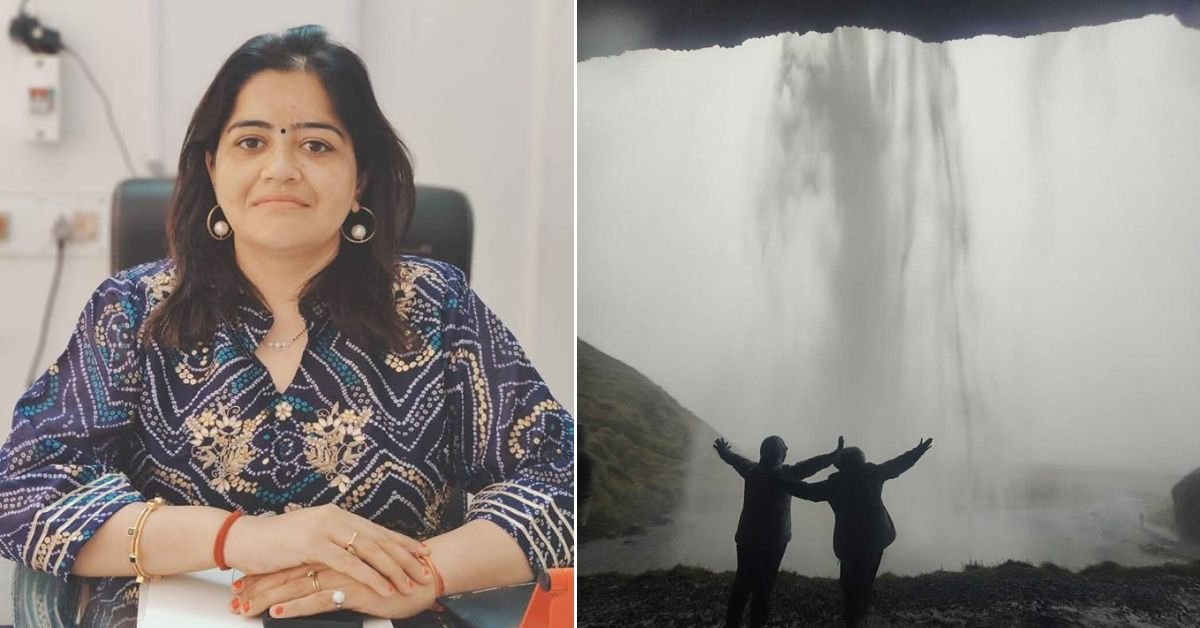Solo Travellers
LOOK: Marjorie Barretto goes on a solo trip to London – ABS-CBN

Solo Travellers
Share a travel tip on a rail holiday in the UK or Europe | Travel

Rail travel has been growing in popularity over the past few years, and it is increasingly being seen as not just a means of transport, but an integral part of a holiday – like going on a grand tour. Flexible tickets and the resurgence of night trains mean that travellers can plot an itinerary that takes in any number of cities and countries on one trip. We’d like to hear about your best rail journey in the UK or Europe.
The best tip of the week, chosen by Tom Hall of Lonely Planet wins a £200 voucher to stay at a Coolstays property – the company has more than 3,000 worldwide. The best tips will appear in the Guardian Travel section and website.
Keep your tip to about 100 words
If you have a relevant photo, do send it in – but it’s your words we will be judging for the competition.
We’re sorry, but for legal reasons you must be a UK resident to enter this competition.
The competition closes on Monday 11 August at 10am BST
Have a look at our past winners and other tips
Read the terms and conditions here
Send us your tip
You can send in your best tip by filling in the form below.
Share your travel tip using the form below.
Please share your story if you are 18 or over, anonymously if you wish. For more information please see our terms of service and privacy policy.
If you’re having trouble using the form click here. Read terms of service here and privacy policy here.
Solo Travellers
Psychiatrist’s Journey Through Domestic Violence & Mental Health Recovery

Trigger warning: This story contains descriptions of domestic abuse, emotional trauma, and miscarriage, which may be distressing for some readers. Reader discretion is advised.
In the hushed glow of Iceland’s Northern Lights, Dr Aninda Sidhana stood in awe. The sky pulsed with emerald and violet ribbons of light, and for the first time in years, she felt light.
“When I was watching the huge glaciers, I felt my problems were small. This glimpse of pure magic reminded me how beautiful life can still be.”
Advertisement
She laughed with strangers, posed for photos, wandered along quiet beaches, and soaked in the warmth of the Blue Lagoon. This wasn’t just a vacation—it was the first time in years she felt truly free. After everything she had endured, this journey marked a return to herself.
“I felt a genuine sense of excitement… I felt liberated and happy.”
This moment, under foreign skies, marked a turning point. A psychiatrist by profession, Dr Aninda had survived two abusive marriages and two miscarriages. She had endured trauma that left lasting scars. But here, alone and smiling, she reclaimed something she thought she had lost forever: herself.
Surviving what so many endure in silence
According to the National Family Health Survey (NFHS-5), nearly 30 percent of Indian women have experienced domestic violence. Many suffer in silence, caught between emotional ties, societal pressure, and the hope that things will change.
Dr Aninda’s story is one of those rare accounts where survival is not the end of the story; it’s the beginning of rebuilding. Today, she shares her journey not to recount the pain, but to light a path for others walking through it.
When love hurt: The first marriage
Fresh out of medical school in Puducherry, Dr Aninda landed her dream job at the Institute of Human Behaviour and Allied Sciences (IHBAS) in Delhi in 2013. Full of optimism and joy, she looked forward to beginning her career in psychiatry. It was here she met her first husband, a fellow psychiatrist.
Advertisement
“I fell deeply in love with him,” she recalls. “We soon tied the knot, believing that our shared profession and passion for mental health would be the foundation of a fulfilling marriage.”
But the illusion shattered on the very night of their wedding.
“On stage, his sister openly mocked me, calling me ‘fat and horrible’. When I confessed my hurt, he slapped me. That night, my dreams of a fairy tale were destroyed.”
What followed was three years of escalating abuse. “He hurled objects, spat at me, and once, assaulted me with hot curry,” she recounts. “In public, he was affectionate, even surprising me with a decorated car for our anniversary. But the private reality was cruel and manipulative.”
Despite her training in psychiatry, she admits she couldn’t recognise the red flags early on. “In my denial and love, I overlooked the signs.”
Finally, in 2018, she gathered the courage to leave.
Advertisement
Commenting on why women tend to overlook the first signs of abuse, Dr Sugandha Gupta, a Delhi-based psychiatrist, shares, “Many individuals do not immediately recognise abuse due to the shock of the first occurrence. They live in the hope that the incident will not be repeated. This often keeps them from acknowledging it as abuse.”
She adds, “Social stigma, emotional needs, and societal expectations often prevent women from leaving abusive relationships, even if they are financially independent. Although financial independence can help, it does not eliminate the societal pressures and emotional dependencies that keep individuals in abusive relationships.”
Healing begins with friendship
Returning to her hometown in Sri Ganganagar, Rajasthan, she was weighed down with guilt and grief. “I feared judgment because I had rushed into the marriage. But my friends became my lifeline.”
One friend organised a surprise birthday trip to Dharamshala. “Sitting on a balcony with chai, trekking through mountains—I felt like a free bird again. People saw the photos and said I looked like my old self.”
These moments were the first signs of healing. They reminded her that life outside abuse was not only possible but worth living.
The second blow: A marriage of surveillance
In 2021, she remarried—an arranged match with a physician. But soon, old patterns resurfaced.
Advertisement
“There were CCTV cameras watching me at all times. I was subjected to constant criticism, control, and eventually violence,” she says.
Through this period, Dr Aninda underwent three IVF and two IUI cycles, enduring two miscarriages.
“It was the hardest and most isolating time of my life. My in-laws pressured me to have a male child or twins. There was no emotional or financial support. I stayed with my parents through the cycles, alone in pain.”
She adds, “Any failure was blamed on my weight and supposed incapability to bear a child. My career was secondary to my reproductive role.”
The final turning point came when she discovered evidence of infidelity. When she confronted her husband, his violent outburst was met with silence from his family. That was the day she walked away.
“I finally found the strength to walk away—not just from a marriage, but from a life defined by fear.”
Advertisement
A new beginning: therapy, writing, and solo travel
Recovery didn’t happen overnight. “In my first therapy session, I asked: ‘Was it me? Was I the problem?’” Her therapist replied, “You were never meant to be caged. Abuse is never your fault.”
Those words marked the beginning of a new life.
Dr Aninda began journaling and writing blogs. “The reflective power of words became my therapy. I discovered a podcast of a woman who had also survived two abusive marriages. Her story gave me hope. I thought, if she can rise, so can I.”
At the encouragement of her uncle, Dr Ravinder Sharma, she planned a solo trip to Iceland. Speaking with The Better India, Dr Ravinder says, “I reassured her that once she stepped out of this toxic environment, she would gain a new, positive perspective. After several conversations, Aninda decided to take action. She organised her trip, managed her bookings, and made her way to Iceland.”
Dr Aninda returned with a renewed sense of freedom. “That trip changed everything. I laughed with strangers, posed for pictures, felt fully alive. That trip wasn’t about sightseeing—it was about reclaiming joy.”
Rebuilding life, brick by brick
Today, Dr Aninda works at a prestigious medical college in Rajasthan, combining her professional expertise with lived experience.
She is passionate about creating awareness around domestic violence, especially among educated, professional women who often suffer in silence due to social stigma.
“No one should go through what I did.”
She is working toward establishing a nonprofit for survivors of domestic abuse, focussing on emotional rehabilitation, legal awareness, and peer support. “I want to create a safe space where women can speak without fear.”
Her advocacy now extends to public platforms, where she shares tips for identifying red flags in relationships, from love bombing to subtle control tactics.
“You can always start over. Your worth isn’t tied to a relationship.”
Support systems that helped
Dr Aninda highlights three key pillars that helped her rebuild:
1. Therapy: “Therapy helped me unlearn the guilt and recognise the abuse for what it was.”
2. Community: Friends and family played a major role in reminding her of her worth. “Support doesn’t have to fix things; sometimes it just needs to sit beside you.”
3. Solo experiences: From travelling to writing, reclaiming space for herself allowed her to reconnect with joy.
She also advocates for professional helplines, support groups, and legal literacy workshops to be more accessible to survivors.
What you can do if you’re in a similar situation
- Recognise red flags: Isolating you from your loved ones, controlling your finances, mocking or belittling your career, or pressuring you into silence are all forms of abuse.
- Reach out: Confide in a friend, seek professional help from a therapist, or contact local women’s support groups.
- Know that help exists: Helplines such as 1091 (Women Helpline) and the National Commission for Women (7827170170) are available.
- Have an emergency plan: Keep important documents, some cash, and contact information readily available.
A story of hope
Two marriages. Two miscarriages. And a life once marked by fear.
Today, Dr Aninda’s story is not one of what she lost, but of everything she found in herself. Strength. Voice. Purpose.
“Every scar tells a story—of not just pain, but of strength and the capacity to rebuild. Resilience is not the absence of fear or pain, but the determination to rise anyway.”
Her journey reminds us that healing is not a linear process, but it is possible. That we are never truly alone. And that even in the darkest chapters of our lives, there is always a way forward.
If you or someone you know is facing abuse, don’t stay silent. Reach out. Help is always closer than you think.
All images courtesy Dr Aninda Sidhana
Solo Travellers
Why these new tourist taxes may be a good thing

Surveys suggest visitors are ready to contribute – if they know their money will be used well. According to Booking.com’s 2024 Sustainable Travel Report, 75% of global travellers said they wanted to travel more sustainably in the year ahead, and 71% said they hoped to leave the places they visit better than how they found them. A separate 2023 study by Euromonitor found that nearly 80% of visitors were willing to pay at least 10% more for sustainable travel options.
Maho Tanaka, a Japanese advertising professional based in Tokyo who hopes to visit Hawaii in the next year, says she supports the state’s new climate fee. “It depends on how much it is,” she says. “If it were too expensive, especially with the weak yen, it might discourage me. But if it’s just 0.75%, like an extra $3 on a $400 stay, then that seems fine.” While Tanaka doesn’t actively track how such fees are used, she says their overall purpose matters. “If it’s going toward protecting Hawaii’s beaches and forests, then that’s a good thing… It feels [like] a contribution to something important. Hawaii is like one big national park. It makes sense to support it.”
-

 Brand Stories2 weeks ago
Brand Stories2 weeks agoBloom Hotels: A Modern Vision of Hospitality Redefining Travel
-

 Brand Stories1 week ago
Brand Stories1 week agoCheQin.ai sets a new standard for hotel booking with its AI capabilities: empowering travellers to bargain, choose the best, and book with clarity.
-

 Destinations & Things To Do2 weeks ago
Destinations & Things To Do2 weeks agoUntouched Destinations: Stunning Hidden Gems You Must Visit
-

 Destinations & Things To Do1 week ago
Destinations & Things To Do1 week agoThis Hidden Beach in India Glows at Night-But Only in One Secret Season
-

 AI in Travel2 weeks ago
AI in Travel2 weeks agoAI Travel Revolution: Must-Have Guide to the Best Experience
-

 Brand Stories1 month ago
Brand Stories1 month agoVoice AI Startup ElevenLabs Plans to Add Hubs Around the World
-

 Brand Stories3 weeks ago
Brand Stories3 weeks agoHow Elon Musk’s rogue Grok chatbot became a cautionary AI tale
-

 Asia Travel Pulse1 month ago
Asia Travel Pulse1 month agoLooking For Adventure In Asia? Here Are 7 Epic Destinations You Need To Experience At Least Once – Zee News
-

 AI in Travel1 month ago
AI in Travel1 month ago‘Will AI take my job?’ A trip to a Beijing fortune-telling bar to see what lies ahead | China
-

 Brand Stories2 weeks ago
Brand Stories2 weeks agoContactless Hospitality: Why Remote Management Technology Is Key to Seamless Guest Experiences












